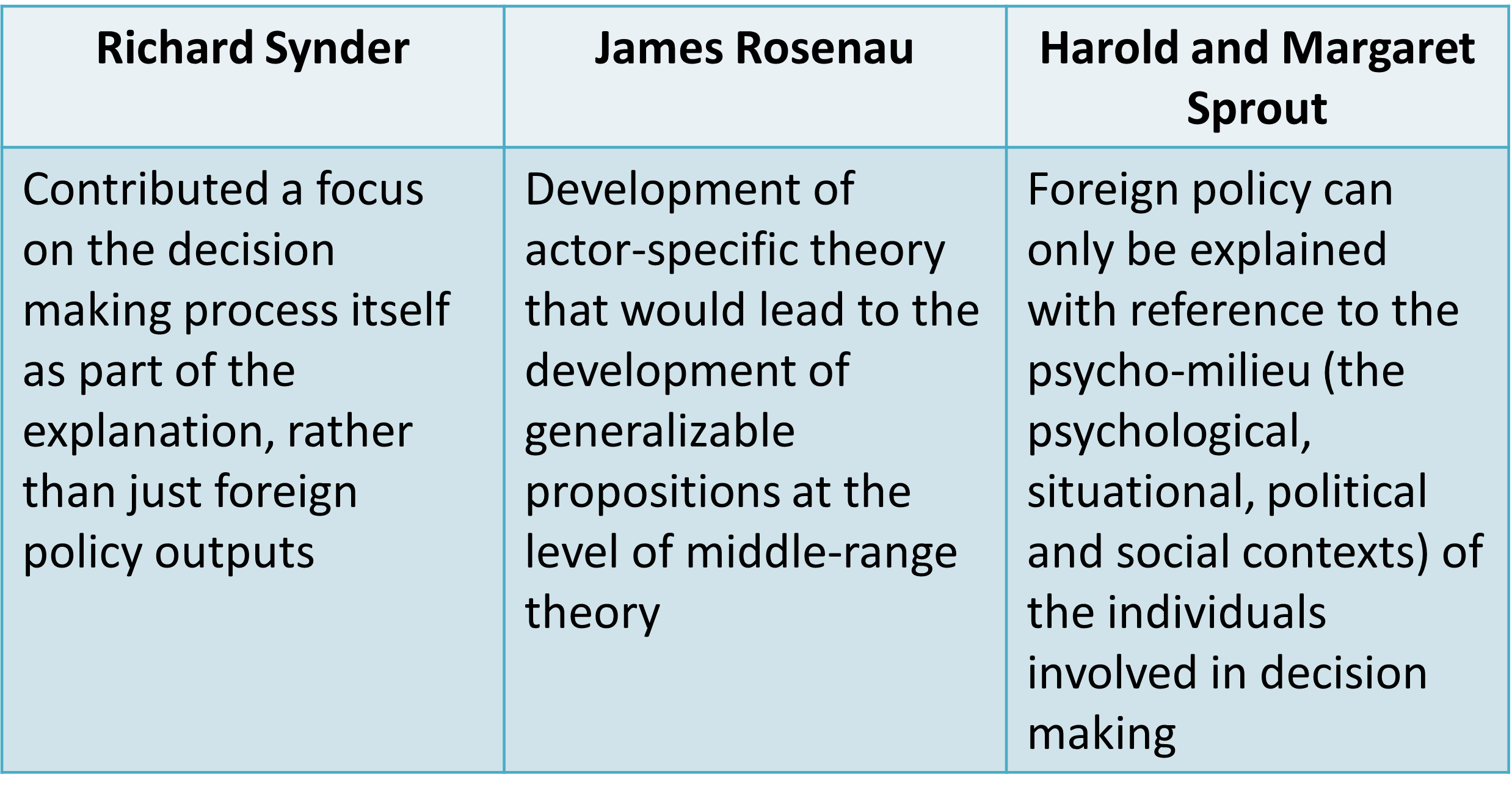Introduction To Foreign Policy Analysis And Foreign Policy In International Relations
What is foreign policy analysis (FPA)?
Foreign policy analysis (FPA) is a subfield of international relations that focuses on examining the processes and decision-making that shape a country’s foreign policy. It aims to explain the strategies and behaviors that governments employ in their interactions with other international actors.
FPA emerged as a distinctive field of study in the 1950s and 1960s, as scholars sought to open the “black box” of foreign policy decision-making. Whereas traditional international relations theory focused on systemic factors like the distribution of power, FPA adopts a more nuanced approach that considers the domestic and individual-level variables that affect foreign policy choices. It draws on insights from multiple disciplines, including political science, history, economics, psychology, and sociology.
At its core, FPA examines the human dimension of international relations. Rather than treating states as unitary rational actors, it recognizes that foreign policy is ultimately crafted by individuals and groups. FPA scholars analyze the inputs and processes that inform foreign policy, ranging from a leader’s ideology and personality to bureaucratic politics and interest group influence. By shedding light on how foreign policy is formulated, FPA seeks to explain the strategic calculations and political behaviors that underpin statecraft.
Over recent decades, FPA has established itself as a vibrant area of international relations scholarship. Its expansive analytical toolkit provides diverse perspectives on the complex factors that shape foreign policy decision-making and implementation. As global affairs grow increasingly multifaceted, the field’s integrative approach offers essential insights into the human side of international relations.
History and Development
Foreign policy analysis emerged as a subfield of international relations in the 1950s after World War II. The objective of foreign policy analysis is to understand the processes and strategies behind a state’s foreign policy decisions and actions.
Whereas international relations focuses on relations between states and the international system, foreign policy analysis zooms in to examine the processes, calculations, and decisions behind a particular state’s foreign policy. It seeks to understand why states make certain decisions, who the key actors and influences are behind those decisions, and how the specific context shapes the policy choices available.
Foreign policy is often studied by focusing on a single country and decision (e.g. a U.S. president’s decision on the use of force) or by comparing decisions across countries (e.g. environmental policy in the U.S., U.K., Germany, etc.). Foreign policy analysis provides frameworks for systematically analyzing the factors that shape foreign policy in order to build up middle-range theories that can be generalized and applied to other cases.
Focus of Foreign Policy Analysis
While international relations scholars are often interested in specific foreign policies that states adopt, FPA focuses more on the overall foreign policy process. FPA examines how foreign policies are formulated and implemented, rather than just analyzing the policy outputs. It looks at the various factors that shape how state leaders arrive at foreign policy decisions.

Some key aspects of foreign policy analysis include:
- Understanding the process through which foreign policy decisions are made, such as the roles of different government institutions, interest groups, public opinion, and individual leaders.
- Identifying the factors that constrain or enable foreign policy options for state leaders, like a country’s relative power, economic conditions, and relationships with allies.
- Studying how psychological factors like perception, misperception, and cognitive biases can influence foreign policy choices.
- Examining whether foreign policy decisions are made through rational cost-benefit analyses versus being shaped by non-rational factors like emotions, values, or historical analogies.
- Analyzing the domestic and bureaucratic politics that affect how state interests and preferences are defined in foreign policy.
Three Paradigmatic works of Foreign Policy Analysis
Richard Synder contributed a focus on the decision making process itself as part of the explanation, rather than just foreign policy outputs. For example, the decision making process, such as voting, will influence a country’s foreign policy.
James Rosenau developed actor-specific theory that would lead to the development of generalizable propositions at the level of middle-range theory. Based on Rosenau’s work, a policy is based on the actor behavior. For example, we think that in the case of a trade war, the US acted aggressively because overall the US attitude was like that from the start.
Harold and Margaret Sprout believed that foreign policy can only be explained with reference to the psycho-milieu (the psychological, situational, political and social contexts) of the individuals involved in decision making. They thought that foreign policy can be explained based on psychology or reaction to the context. For example, Soeharto’s authoritarian behavior had an impact on Indonesian foreign policy during the New Order era.
